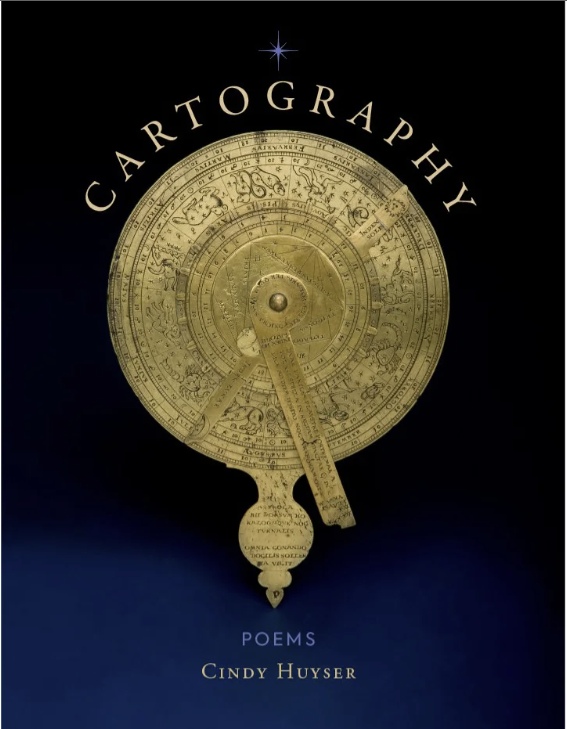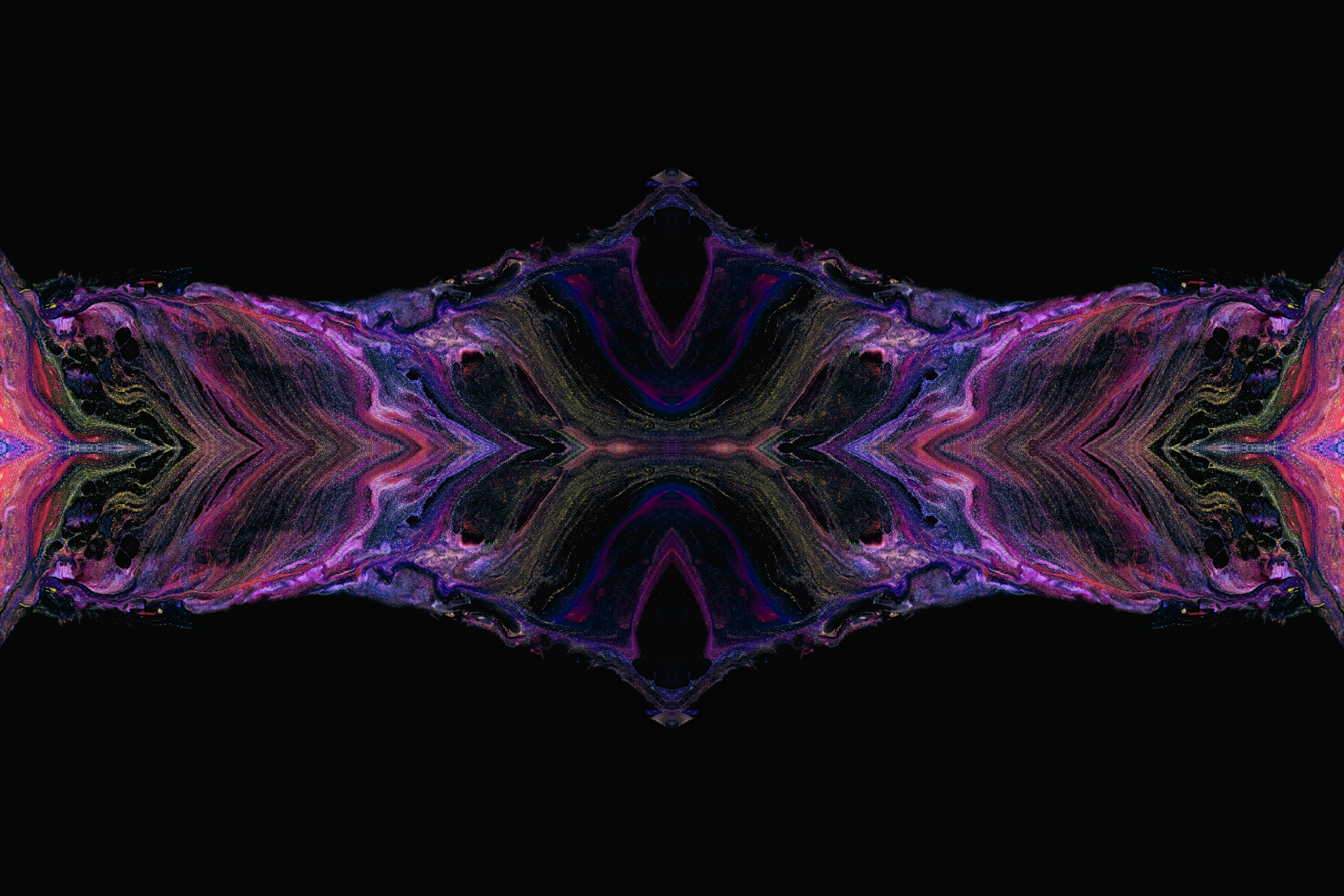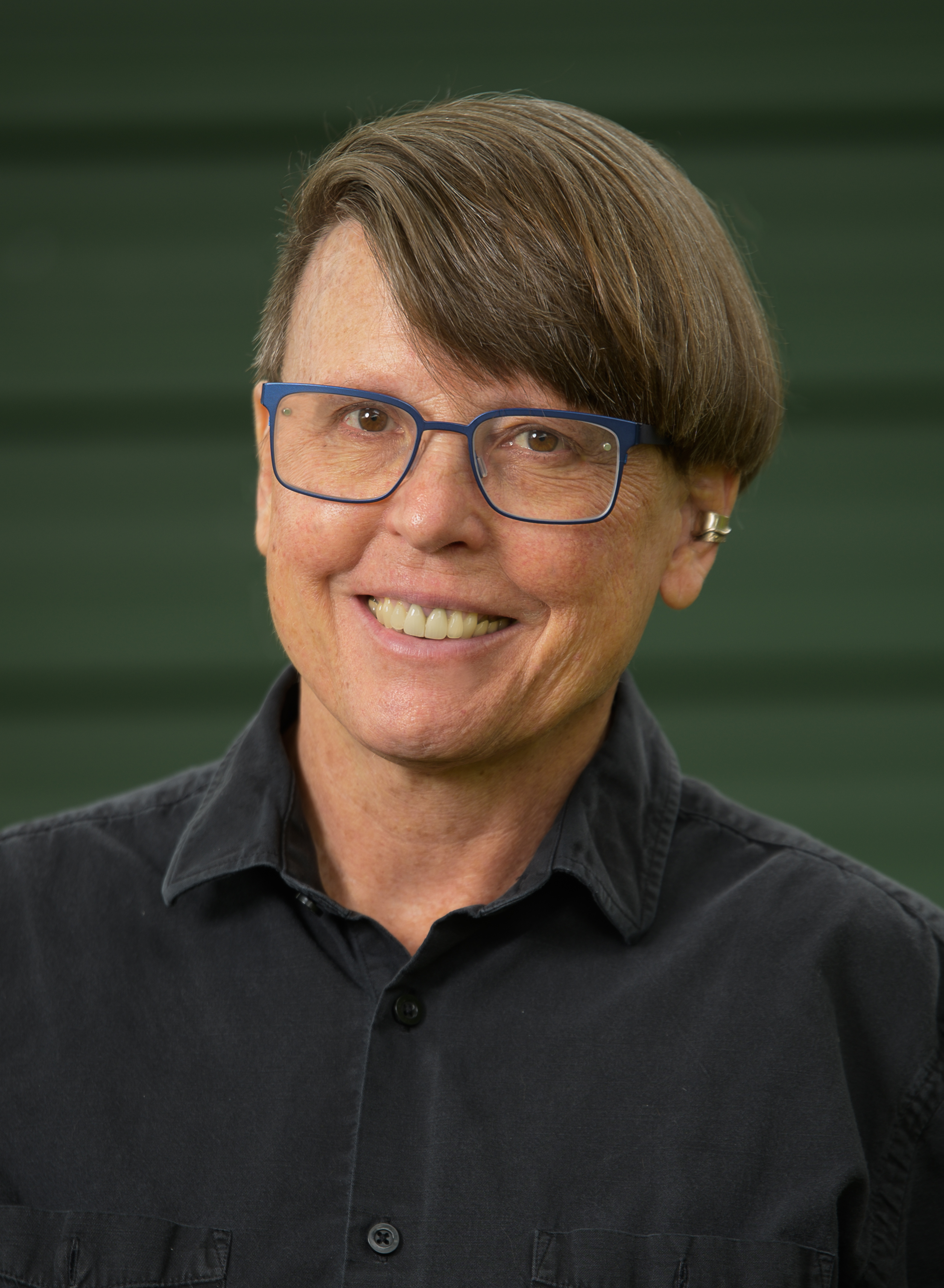Review of Cindy Huyser's Debut Poetry Collection, Cartography
Book Review by Faith Bremer, Writer
Cartography was published in 2025 by 3: A Taos Press. Purchase it here.
Cindy Huyser’s Cartography is a love letter to loss and grief. It’s a book written in the aftermath of her wife, Debra’s, death. It expertly navigates themes of grief, love, and memory without falling into confessional melodrama. Weaving in themes of nature, spirituality, and queer love, it serves as an act of poetic mapping, where every page becomes a guide to living after the death of a loved one. Huyser’s poetry turns raw personal loss into a universal field guide for surviving grief and grappling with the ever-changing nature of memory.
The collection centers around four central themes: grief, queer love, memory, and nature as metaphor. It expertly weaves in spirituality and myth to create a cohesive framework for dealing with the trauma of death. Huyser’s ability to render pain that almost seems unspeakable into elegantly written yet grounded poetry is striking. She shows that loss is a specific, personal feeling, but also a universal truth that transcends individual lived experience.
Cindy Huyser treats grief as an embodied, physical landscape. In keeping with the collection’s title, Cartography, she turns grief into a spatial, geographic terrain. She writes sadness from a place of isolation; she doesn’t feel lost; she’s exiled, stranded, or lost in a wilderness that only she can navigate. In “Navigation by Starlight,” she writes:
“I had walked many miles / through the forest of exile / and stood on the banks of Sorrow.”
Her sorrow is not just an emotion– it’s a physical place she must explore. In “Six Months On,” this emotional mapping expands:
“What is this life I bear: / backpack, barrow, burden / of kindling? My map / an unreachable satellite. / I turn toward the stars / and their burning”
She turns the abstract into something tangible. Grief acts as a burden and a navigation system, presenting a beautiful contrast between hope and loss. While Huyser’s grief is relentless, it also refuses to devolve into tragedy. Throughout the collection, her pain slowly shifts into something that resembles acceptance and endurance.
Artwork: Susan Wilkinson
The landscape in Cartography is never just “setting.” Every piece of nature Huyser incorporates is, in some way, a representation of her interior landscape. She doesn’t just write about nature; she weaponizes it to explain her inner turmoil. In “Slot Canyon, Sotol as Compass,” geography literally becomes a way of understanding the self:
“I listen for signals from the sun / scrape bare feet against sand and c r a g / drink something alkali— / an unshod horse / winding blackbrush and cactus / trying to figure everything out.”
Here, her struggle through physical wilderness is also her struggle through personal bewilderment and grief.
Navigation by Starlight” and “Magnetic North” focus similarly on orientation after loss.
Huyser uses spatial language to map her inner world and guide her emotional recovery. One of her greatest strengths is her refusal to let her metaphors become lazy. She uses nature to ground the reader in place, then immediately expands into something cosmic and vast. She frames the personal as sacred and the sacred as painfully personal.
Huyser’s approach to love is as bold as its exploration of grief. While the collection is an undeniably lesbian love story, she refuses to let her queer love become “othered” or reduced to token “representation.” The love story weaves sensuality and spiritual richness in a way that feels otherworldly yet still visceral and lived-in.
While the speaker is a widow, she is also a lover and a survivor. Her wife, Debra, serves as both her muse and the auditor. “I’m in love with your body” captures this perfectly. The grief here defies typical motives of sanitized, “respectful” grief. Instead, it manifests as erotic and profoundly tender:
“You are my anchor / as I tack / toward sadness / and fear— / reef of pain so close / as I slip in beside you.”
Here, sex is vulnerable and sacred. It is neither detached nor idealized, and Huyser leaves room for physical intimacy and illness to coexist. Her poetry is simultaneously erotic and tragic because it is the product of a real, deeply devoted partnership.
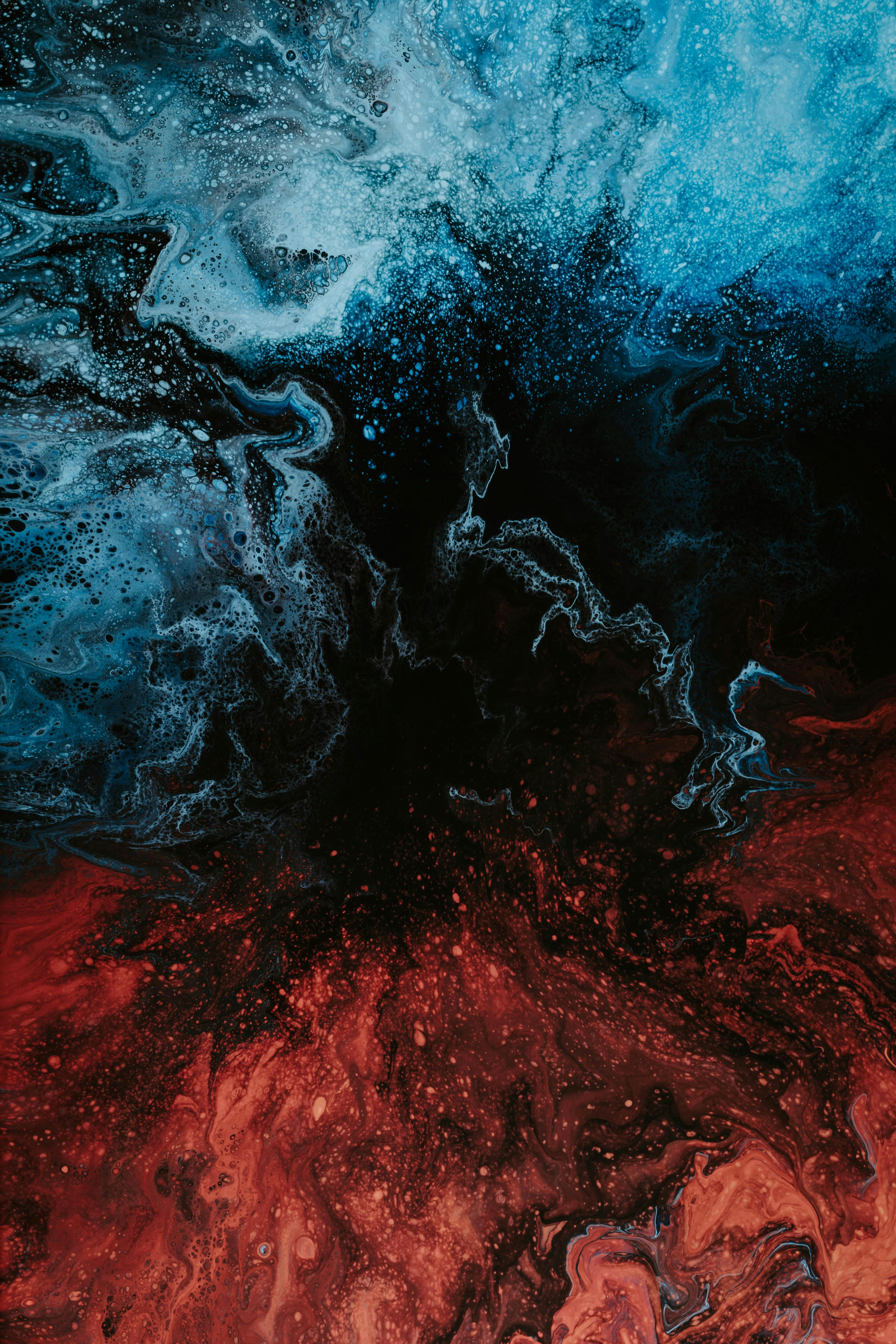
Artwork: Pawel Czerwinski
Once again, Huyser elegantly weaves in spiritual and mythical themes (see “And Then Aphrodite”) to mythologize her love. Her writing is heavily influenced by tarot, especially in “Ten of Swords”:
“You read tarot after your MRI, / before the diagnosis. In the outcome’s / foreground, ten blades pierce a red-draped corpse: dead / -end, ruin, collapse.”
The poem is universal yet deeply personal, and its universality comes from its specificity.
Huyser never writes as a “lesbian poet.” Instead, she writes as someone grappling with the loss of her beloved, a love who just happens to be a woman. She lets this specificity evolve into
something vast and otherworldly. Nowhere is this more evident than in “Love Song of a Summer Night,” a poem that is so saturated with longing, it almost leaps off the page.
“Suppose tonight / we lie down / beneath the stars / naked and unopposed by walls and ceilings… / Even the stars would swoon / swept in such a tide”
This isn’t just a portrait of modern love– it’s a direct invocation of Sappho herself. This refusal to shrink from desire underscores Huyser’s message that queer love is, and always has been, both worthy and powerful.
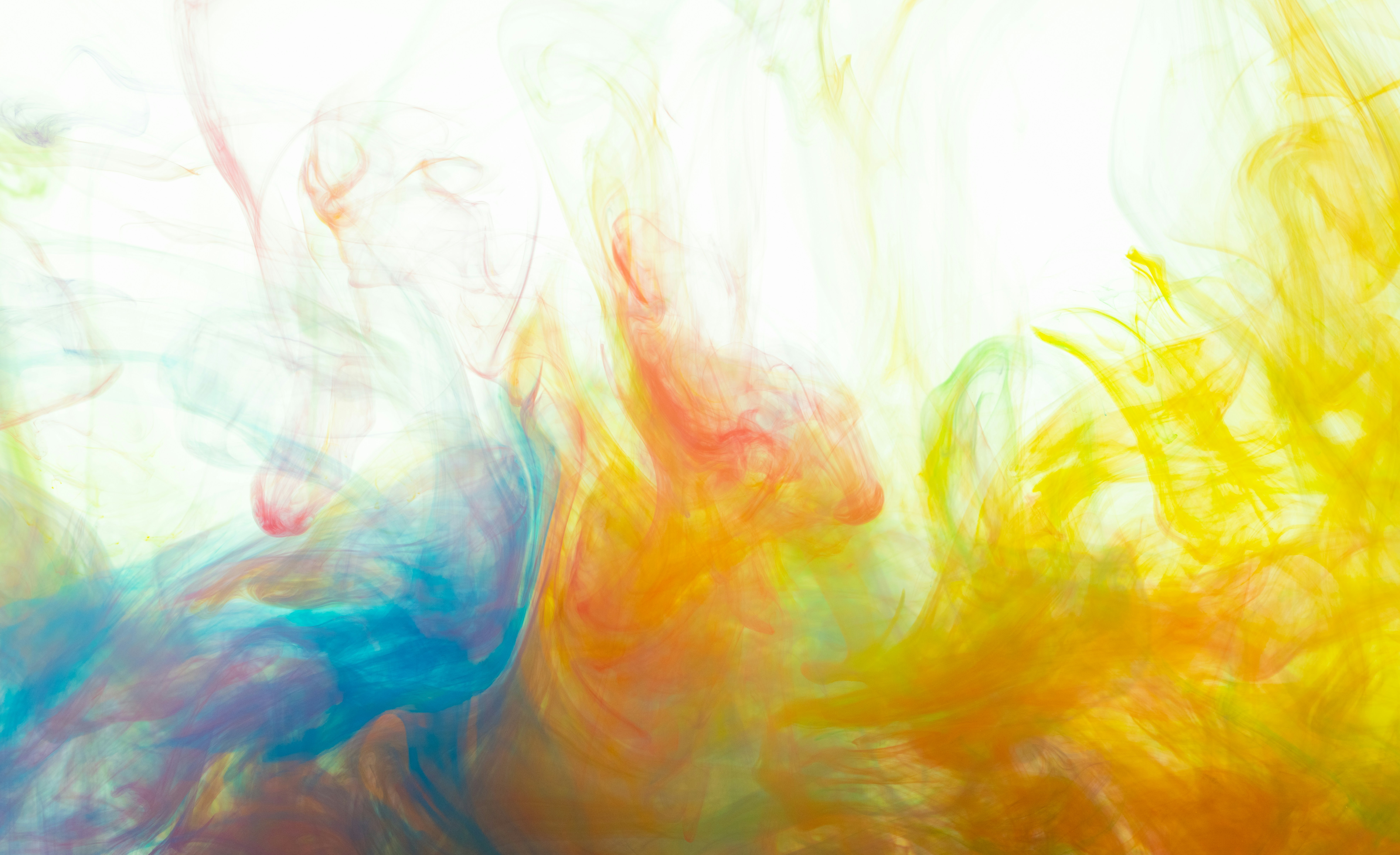
Artwork: Engin Akyurt
Another of Huyser’s unique strengths in Cartography is how she approaches memory.
Rather than idealizing nostalgia, she treats memory as a careful curation, akin to a personal museum. While grief is the landscape, memory is the act of mapping that grief. She recognizes that it is simultaneously unreliable and essential to navigating loss. Early on, she writes, “memory is temporary as is the body–” a thesis she proves again and again as the collection unfolds.
“Page from the Family Album” is an unflinching exploration of memory, highlighting how unreliable it can be and how it often appears as blurry and indistinct as an old photograph.
“The truth of the matter is / I distinctly remember / this is something / I no longer remember, / a physical manifestation / of distinctions / between subject / and object.”
Her unconventional approach to the theme of memory resists linear narratives of healing. She turns her trauma, history, family, and marriage into a “museum of grief” (“What the Dying Woman Wanted”), framing it not as chaos, but as a set of curated emotional artifacts.
“English-to-English” deepens this more. The poem feels almost like watching someone try to translate loss in real time, only to find that words will always fall short.

Artwork: Susan Wilkinson
Craft is the area where Huyser shines the most. Her book is the kind that makes seasoned poets and emerging writers (especially me) envious and inspired at the same time. Her writing is precise, almost surgical, but not overly clinical. Lines are tight, enjambment is always used with purpose, and her voice never becomes self-indulgent. Her style drips with precision and restraint, and every single word she writes earns its place in the collection. The language never feels flowery for the sake of sounding poetic, and her metaphors are sharp enough to draw blood. The voice she uses is mythic and modern at the same time. She expertly places a modern story of love and grief into timeless context. She switches between clinical detail (“as your heart gave up its ticking”) and lyricism (“Even the stars would swoon / swept in such a tide”) with so much fluidity that the boundaries become almost completely blurred.
Her interdisciplinary references are just as layered. She incorporates themes from science, tarot, myth, and astronomy, but her references never become overly decorative. Huyser perfectly toes the line between raw and refined, stoic and vulnerable, and personal yet universal. Her writing is deeply emotional but still undeniably intelligent. Put simply, Huyser uses craft not like a florist but a surgeon. This results in poetry that is sharp, intimate, and unforgettable.
__
At its core, Cartography is so much more than a poetry collection about grief. It’s incredibly resilient and pays tribute to a love that matters even after death. Huyser presents her intimate, quiet experience and refuses to shrink under heteronormative pressure. Her love is unapologetically lesbian yet universally relatable. She frames queer love not as some niche subject, but as valid, messy, beautiful and as complicated as any love story worth remembering.
More than anything else, Cartography puts into words what usually evades language. Grief, memory, and survival are not pretty things, but Huyser navigates them with such clarity that they almost feel bearable. It allows the unspeakable to be named, navigated, and survived. Huyser’s work proves that poetry can be both a compass and a lantern. Her book matters because, though rooted in one queer woman’s heartbreak, it becomes a universal guide for navigating love and loss.
